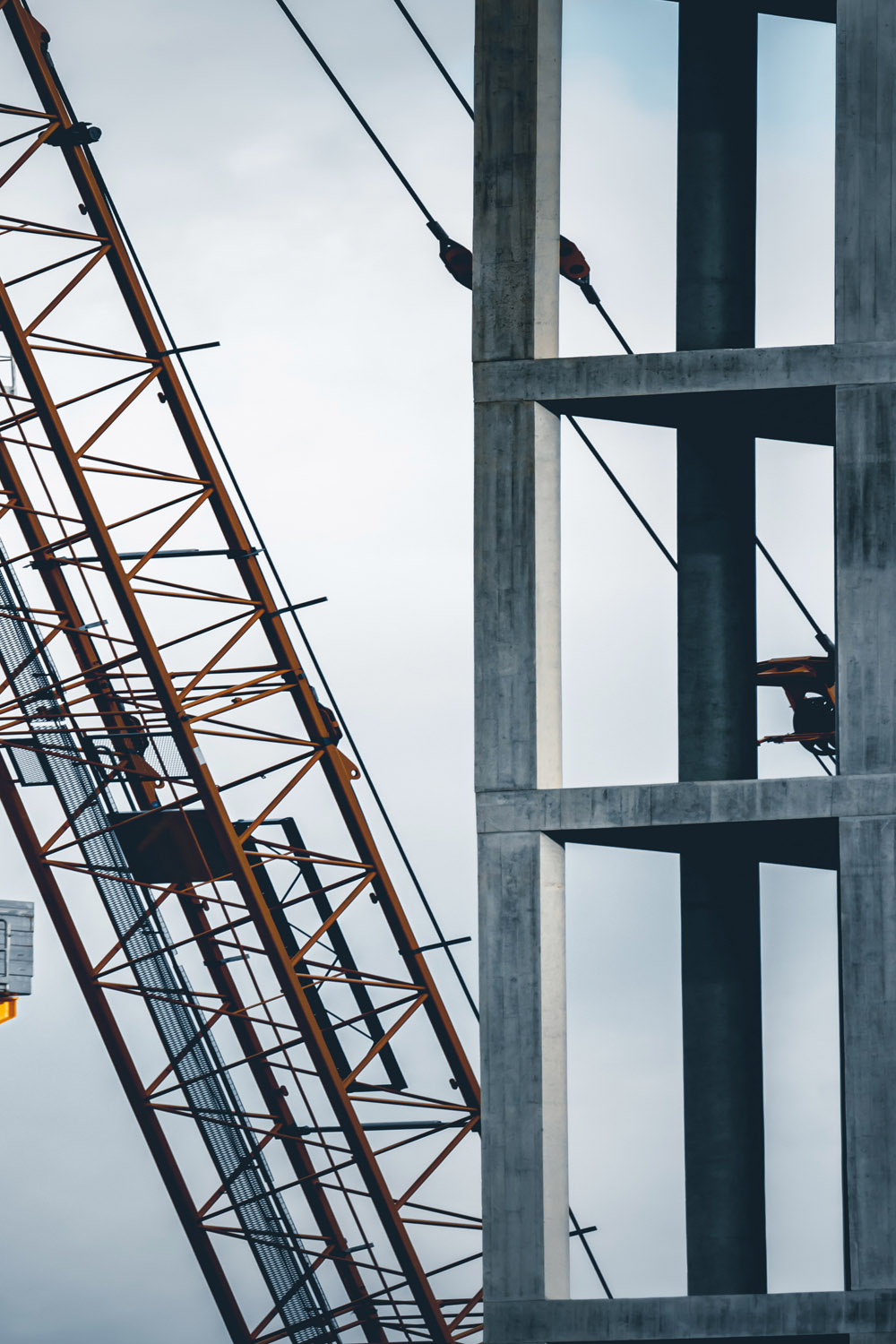RainierGPR Service Areas: Trusted Concrete Scanning Providers in Numerous Areas
Enhancing Job Preparation and Implementation Via Advanced Concrete Scanning Strategies
In the realm of task planning and foresight, implementation and precision are vital components that can make the distinction between success and problems. Advanced concrete scanning strategies have actually become an advanced tool readied to boost the requirements of project management within the building and construction market. By utilizing cutting-edge modern technology, these methods provide a glimpse right into the structural honesty of a structure even prior to the initial block is laid. The implications of such developments are profound, guaranteeing a standard change in how tasks are approached and delivered.
Advantages of Advanced Concrete Scanning Methods

Improved Precision in Job Analyses
Enhancing project analyses through innovative concrete scanning strategies significantly increases the accuracy and dependability of construction evaluations. By utilizing sophisticated scanning innovations such as ground-penetrating radar (GPR) and 3D imaging, task teams can now get comprehensive insights into the problem of concrete frameworks, determining prospective flaws or weak points that may not be visible to the nude eye. This improved level of precision in job evaluations enables building professionals to make even more educated choices pertaining to fixing and upkeep strategies, bring about boosted general project end results.
Additionally, the enhanced precision in task evaluations attained through advanced concrete scanning techniques helps in minimizing the threat of unpredicted concerns during the building phase. By proactively discovering surprise anomalies within concrete frameworks, such as rebar rust or gaps, project teams can address these concerns early, avoiding costly delays and remodel later in the project lifecycle. Ultimately, the enhanced precision in task analyses promoted by innovative concrete scanning strategies adds to better efficiency, cost-effectiveness, and high quality in building tasks.
Very Early Recognition of Structural Challenges
Early discovery of architectural challenges plays a critical role in making sure the stability and security of concrete structures throughout the building and construction procedure. Identifying potential concerns at a very early phase enables prompt treatment, avoiding expensive rework, routine delays, and safety and security dangers. Advanced concrete scanning methods, such as ground-penetrating radar (GPR) and 3D imaging, allow job teams to discover concealed problems, gaps, support layout discrepancies, and various other abnormalities that might compromise the framework's stability.
By implementing these strategies throughout the planning and execution phases, building specialists can proactively resolve architectural obstacles prior to they intensify right into significant troubles. As an example, discovering insufficient concrete cover over reinforcement bars early can stop deterioration and structural weakening over time - RainierGPR Service Areas. Furthermore, identifying variants in concrete density or thickness can assist maximize product usage and make certain uniform toughness properties across the structure
Eventually, early recognition of structural obstacles via advanced concrete scanning not only boosts the total quality and durability of the building but also adds to a more secure built setting for users and owners.
Boosted Safety And Security Actions in Building And Construction
The execution of durable security procedures is crucial in the construction sector to minimize dangers and safeguard the health of employees and stakeholders. To enhance safety steps, building companies are progressively embracing technical advancements such as wearable devices that monitor employees' important indicators and identify prospective health try here concerns in real-time. By focusing on safety with the unification of sophisticated innovations and extensive training programs, construction tasks can significantly reduce crashes and create a protected functioning environment for all entailed.
Streamlining Task Monitoring Processes
To enhance functional performance and make certain task success in the construction sector, an emphasis on streamlining task monitoring processes is essential. By applying reliable job management procedures, building jobs can minimize delays, decrease prices, and enhance overall productivity. One essential aspect of streamlining project monitoring is using sophisticated innovations Read Full Article such as Structure Details Modeling (BIM) software, which makes it possible for real-time cooperation, clash discovery, and accurate job organizing. Furthermore, the adoption of cloud-based job administration platforms permits for smooth interaction amongst employee, immediate accessibility to task information, and the capacity to track progression in real-time.

Conclusion
In conclusion, the use of advanced concrete scanning strategies uses various benefits for task planning and execution. These methods give better precision in job analyses, early identification of architectural obstacles, improved safety and security procedures in construction, and streamlined project administration processes. Integrating these approaches right into project workflows can eventually result in much more reliable and successful end results in construction jobs.
Ultimately, the boosted accuracy in project analyses assisted in by sophisticated concrete scanning techniques contributes to higher performance, cost-effectiveness, and top quality in building and construction projects. RainierGPR Service Areas.
To maximize functional try these out performance and make certain task success in the construction sector, a focus on improving task monitoring procedures is essential. By executing effective task monitoring procedures, building and construction tasks can reduce delays, decrease costs, and enhance overall performance. By improving project monitoring processes with technology combination, clear interaction, and data-driven techniques, construction jobs can achieve better performance, cost-effectiveness, and successful outcomes.
These strategies give enhanced accuracy in project assessments, early identification of structural obstacles, enhanced security actions in building, and streamlined job monitoring procedures.